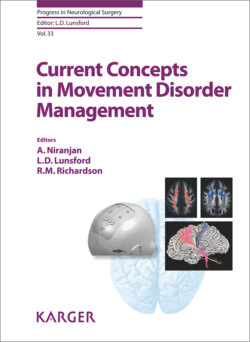Читать книгу Current Concepts in Movement Disorder Management - Группа авторов - Страница 62
DAs
ОглавлениеWhen a greater control of motor symptoms is necessary, DAs or levodopa should be the options. DAs are less likely than levodopa to induce long-term dopaminergic motor complications, particularly dyskinesia, which is an advantage in younger PD patients, more prone to develop dyskinesia. Therefore, DAs are usually introduced as an initial treatment for patients younger than 60 years. However, recent evidence suggests that disease duration may play a greater role than the timing of levodopa introduction in fostering the development of motor fluctuations [11, 12]. Potential behavioral side effects of DAs include impulse control disorders, usually presenting a direct relationship with DAs dosage. Young, male patients with positive previous or family history of addiction behavior seem to be more prone to develop these side effects. Currently, DAs are available in oral (pramipexole and ropinirole) or transdermal (rotigotine) formulations. DAs have been found to be variably effective also for the treatment of selected nonmotor symptoms, such as depression and sleep disorders [13]. Treatment strategies for nonmotor symptoms in PD should include optimization of dopaminergic treatment prior to the addition of specific drugs (e.g., antidepressant), thus reducing the risk of side-effects associated with multi-drug therapies.
Table 1.. Treatment of motor symptoms of Parkinson’s disease (adapted from Connolly and Lang [3])
